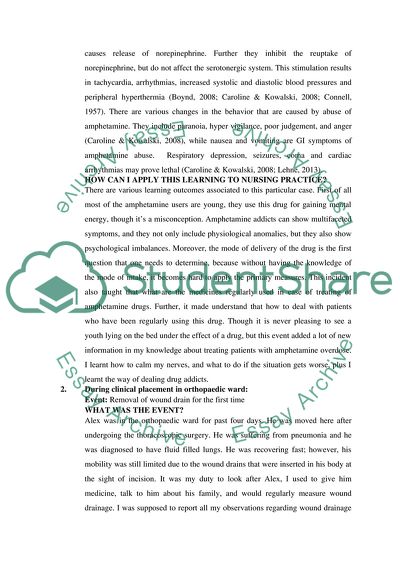Cite this document
(“Reflective writing during nursing clinical placement Essay”, n.d.)
Reflective writing during nursing clinical placement Essay. Retrieved from https://studentshare.org/nursing/1652200-reflective-writing-during-nursing-clinical-placement
Reflective writing during nursing clinical placement Essay. Retrieved from https://studentshare.org/nursing/1652200-reflective-writing-during-nursing-clinical-placement
(Reflective Writing During Nursing Clinical Placement Essay)
Reflective Writing During Nursing Clinical Placement Essay. https://studentshare.org/nursing/1652200-reflective-writing-during-nursing-clinical-placement.
Reflective Writing During Nursing Clinical Placement Essay. https://studentshare.org/nursing/1652200-reflective-writing-during-nursing-clinical-placement.
“Reflective Writing During Nursing Clinical Placement Essay”, n.d. https://studentshare.org/nursing/1652200-reflective-writing-during-nursing-clinical-placement.


